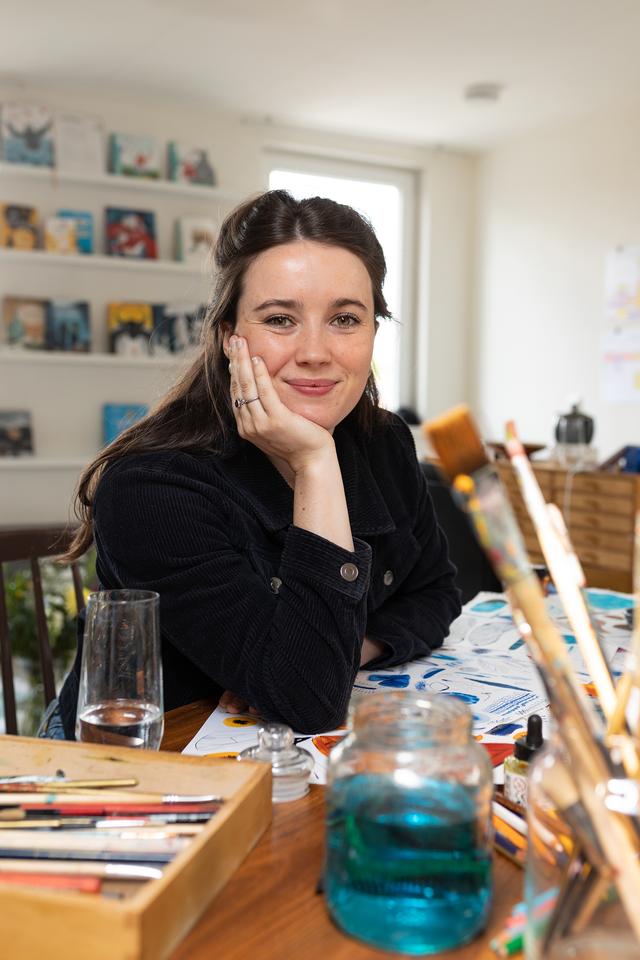The Teller of Wonders
An intriguing look at a historical figure and the relationship between fact and fiction, with plenty of fun along the way
Marco Polo, famous even in his own lifetime, has returned home after years of travel and immediately finds himself in a tricky political situation. His hometown of Venice is at war with Genoa, and the adventurous merchant is imprisoned by the Genoese.

In his luxurious cell, he receives important guests who want to hear about his experiences. Even the prison director comes by for a visit and the maid Topina secretly eavesdrops from the corridor. When she discovers that a well-known writer is locked up on another floor, she steals the keys from the guard and brings the two men together, so that they can create a book. As a reward, she is allowed to listen in on their discussions.
The stories are beautiful in themselves, but the conversations that the narrator and the writer have about them are even more interesting. Marco Polo doesn’t want a sensational tale, but a guide for merchants, who need to know about the quality and the prices of grass, grains and other goods from the East.
Rustichello da Pisa, on the other hand, who has already written a successful novel, advises him to add gory and romantic details. When Marco Polo finally gives in, Rustichello notes with satisfaction: ‘We are creating a book that hordes of people will want to copy.’ As everyone knows, the book about Marco Polo’s travels was indeed published. To this day, scholars speculate about it: what is true and what is made up? With palpable pleasure, Dijkstra leaves that question open, adding her own stories into the mix.
So, the reader experiences not only the colourful story of Marco Polo visiting Kublai Khan and the exciting experiences of the orphan girl Topina but also a discussion about fact and fiction, which is perfectly easy for curious young readers to follow and – whether true or not – is, above all, exciting and captivating.
Age: 11+
The perfect combination of fact and fiction
History meets fantasy
Focus on a fascinating historical character
Packed with fun stories
History flows from Dijkstra’s pen.
Trouw
Beautiful atmospheric illustrations by Djenné Fila.
Het Parool
A wonder of a book.
de Volkskrant

